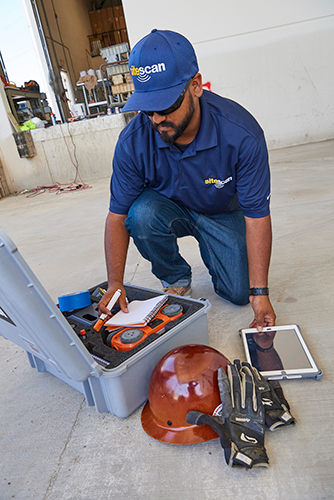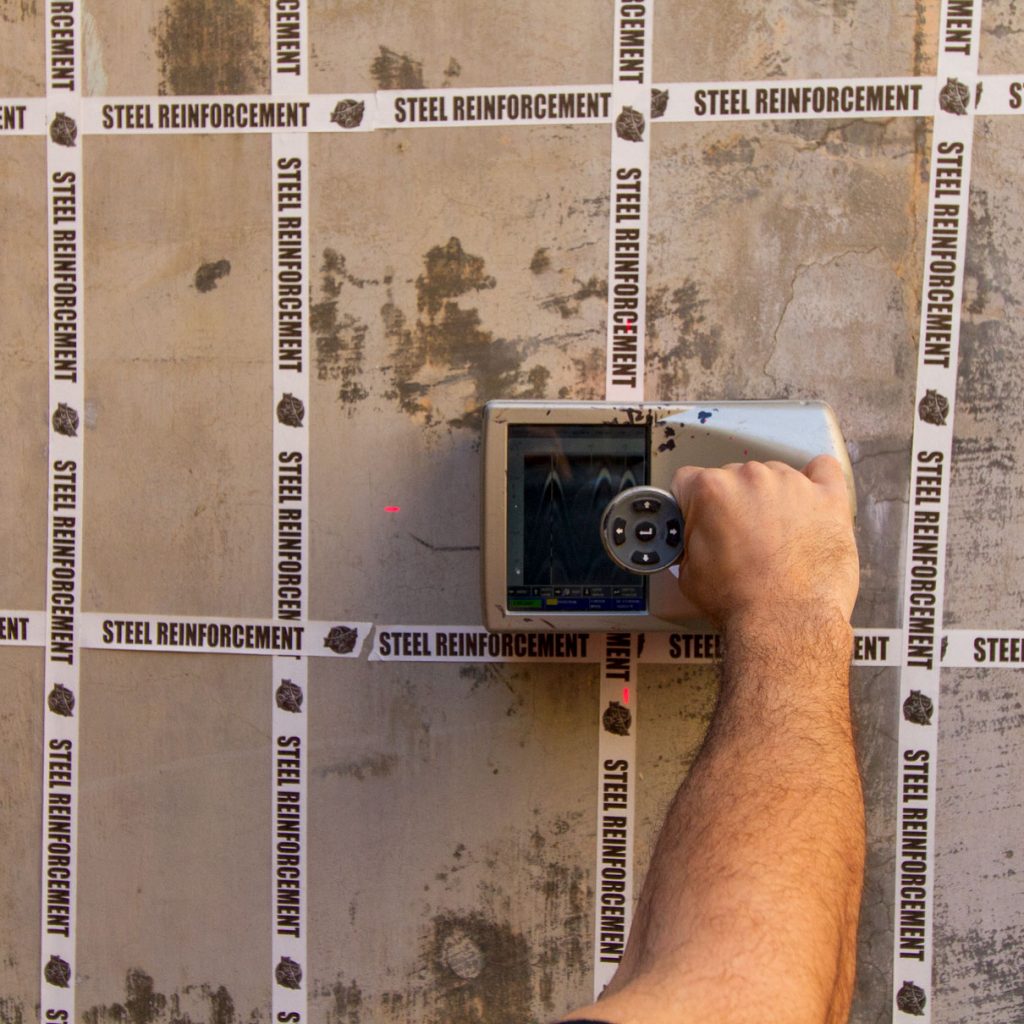Concrete Scanning: Your Guard Versus Unforeseen Obstacles in Construction Projects
In the world of building, unpredicted difficulties can often disrupt timelines, budget plans, and safety and security protocols. Nevertheless, with the evolution of concrete scanning technologies, the ability to prepare for and reduce possible obstacles has ended up being an essential element of job preparation and execution. By harnessing the power of advanced scanning methods, building professionals can proactively identify hidden hazards under the surface area, ensuring a smoother and extra effective task distribution. As we discover the significance of concrete scanning as a safety shield versus unexpected challenges in building jobs, a deeper understanding of its applications and advantages arises, clarifying the transformative effect it can carry the market as a whole.
Value of Concrete Scanning
Concrete scanning plays a vital role in guaranteeing the security and integrity of construction projects. By utilizing advanced technologies such as ground-penetrating radar (GPR) and electromagnetic induction, construction teams can properly situate rebar, post-tension cords, avenues, and various other potential blockages within concrete frameworks. This process is vital for protecting against costly problems, guaranteeing structural stability, and preserving task timelines.
Among the primary reasons that concrete scanning is so crucial is its capacity to reduce dangers during the building and construction phase. By identifying surprise hazards below the surface area, such as gaps or scrubby locations within the concrete, service providers can proactively resolve these concerns prior to they rise into even more considerable troubles. This positive approach not only enhances employee security yet also lessens the possibility of building delays and spending plan overruns.
Moreover, concrete scanning makes it possible for construction groups to make enlightened decisions based on precise information. By having a clear understanding of the subsurface problems, task managers can plan excavation, exploration, or reducing activities better, minimizing the potential for unintentional damages to critical architectural components. Eventually, purchasing concrete scanning services is an aggressive action that can save construction business time, money, and reputation in the future.
Advanced Technologies for Discovery

One more innovative innovation is Electromagnetic Induction (EMI), which finds metal and non-metallic items below ground by inducing electro-magnetic fields. EMI is particularly useful for situating hidden utilities like wires and pipelines - GPR Concrete Scanning Bellevue. In Addition, Acoustic Pulse Mirror (APE) modern technology makes use of acoustic waves to evaluate the problem of concrete frameworks and find cracks, voids, or delaminations. APE provides real-time information, allowing immediate decision-making on repair or support demands.
Additionally, innovations in infrared thermography have allowed the look at here now discovery of wetness seepage and insulation spaces within concrete structures. This innovation aids in avoiding future deterioration and making sure the longevity of constructions. By integrating these sophisticated modern technologies into concrete scanning techniques, building projects can reduce risks and improve total project results.
Advantages of Proactive Scanning
Applying positive scanning techniques in building and construction jobs enhances the very early discovery of prospective subsurface obstacles, leading to boosted task effectiveness and price financial savings. By making use of concrete scanning modern technologies such as ground-penetrating radar (GPR) and electro-magnetic induction, building teams can recognize covert threats prior to they rise into costly issues.
In addition, proactive scanning enhances safety on-site by lowering the danger of unintentional damage to below ground infrastructure or risks. By determining prospective barriers early, building teams can take preventive procedures to mitigate risks and ensure a more secure working setting for all involved. Additionally, by dealing with subsurface difficulties proactively, task timelines are much more most likely to remain on track, preventing costly hold-ups and rework. Generally, the aggressive strategy to concrete scanning not only saves money and time however likewise boosts the overall quality and success of building jobs.

Enhancing Job Effectiveness
To maximize building project results, the positive scanning techniques utilized not only boost safety and security but additionally play a critical duty in enhancing overall project performance. By performing comprehensive concrete scanning prior to commencing any kind of building activities, potential challenges and dangers below the surface area can be identified and minimized early. This positive strategy decreases the likelihood of expensive delays, revamp, and mishaps, thus enhancing the job timeline and budget.
By preemptively dealing with any underground intricacies, the building procedure can continue efficiently, with less interruptions and unexpected obstacles. Eventually, the integration of concrete scanning right into construction tasks not only guarantees security and conformity but also improves productivity and project efficiency.
Ensuring Safety On-Site
Security on building sites is extremely important to the success of any type of job. One of the vital facets of promoting security is providing adequate training to all personnel entailed in visite site the task.
Applying clear interaction channels for reporting security worries is necessary for creating a risk-free job setting. Urging a safety-first culture where employees feel empowered to speak up about potential threats can aid protect against mishaps before they happen. In addition, providing individual protective devices (PPE) and implementing its use is important in protecting employees from damage.
Final Thought

By integrating these sophisticated modern technologies into concrete scanning methods, building and construction jobs can mitigate dangers and enhance general project end results.

In verdict, concrete scanning plays a crucial duty in construction projects by identifying unforeseen obstacles that can possibly hinder progress and compromise safety and security on-site. GPR Concrete Scanning Bellevue.